(This story was co-authored by Northern Health dietitians Lise Luppens and Emilia Moulechkova)
Ahhh, spring – a season full of change and possibility! While spring may look a bit different for families this year, it’s still a great time to get kids involved in growing and harvesting food.
Hands on activities offer rich learning
Kids learn best when they can engage their senses: when they can see, touch, smell, hear, or maybe (eventually) taste food. There’s rich learning in hands-on food activities, such as caring for a seedling or foraging for wild finds (like fiddleheads or local berries). These activities are fun, and they benefit kids in many ways.
- Helps kids learn about food, culture, and the land, on a personal level.
- Cultivates curiosity, excitement, and joy.
- Teaches new skills, leading to personal growth and a sense of pride.
- Builds kids’ comfort with a variety of foods.
- Supports kids to feel positively about food and eating.
- Helps kids connect with nature, which support emotional and mental well-being.
Start small
Wondering about activities you can do now, at home, with the kids? For some of us, the idea of growing food might feel overwhelming or out of reach, and if so, we encourage you to start small. It’s about baby steps to bigger things. Below are a few simple ideas to get you started.
Get “instant” plants
Some plants come back year after year, and can be divided and replanted. For example, with a little clump of chives, some soil, and a pot, your child quickly has their own plant to care for! This works well with rhubarb and various herbs too. Maybe your friends, family, or neighbours have some to share?
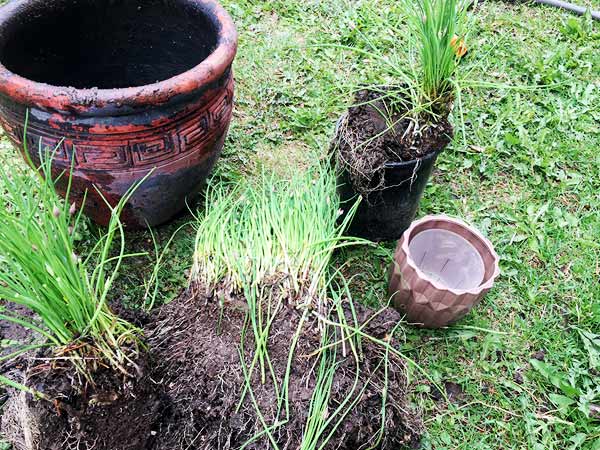
Grow food in containers
Many foods can be grown in small containers, whether outside on a balcony or inside on a window sill. Herbs can grow well in pots, including chives, mint, parsley, cilantro, or basil. You can also grow your own salad, strawberries in baskets, or spuds in tubs.
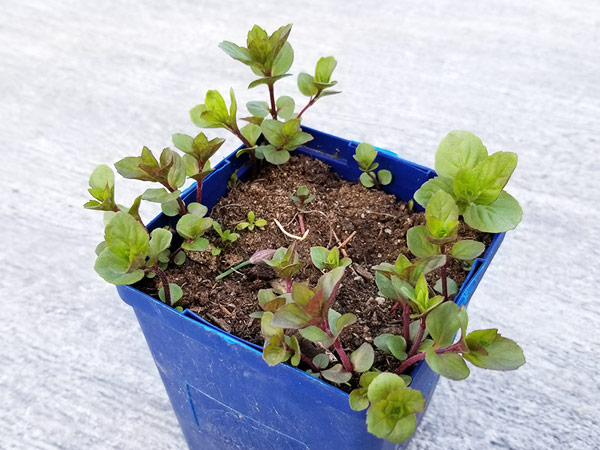
Grow kitchen scraps
You can sometimes grow new food from food you already have in your kitchen. For example, have you seen an onion sprout a green top? You can carefully cut out the pieces that are growing, let them sit in water until roots form, and then replant them in soil. You can also do this with carrot tops, celery ends, and other foods. Learn more about kitchen scrap gardening.
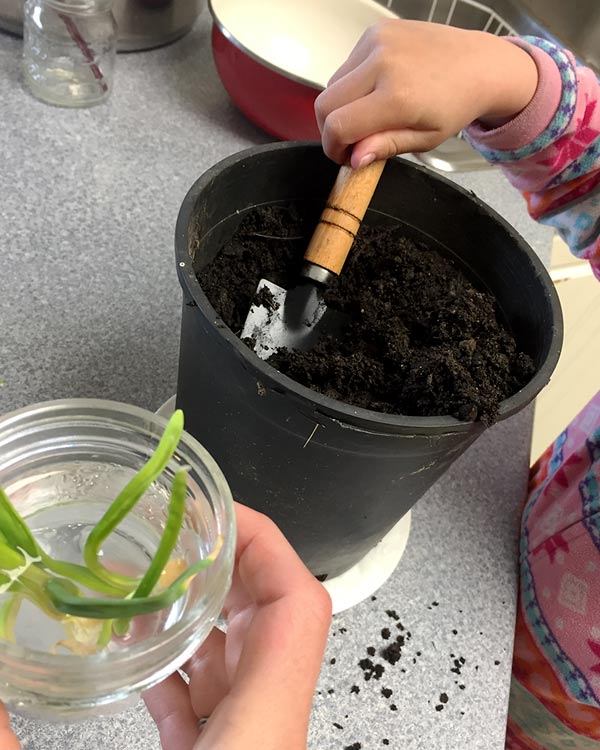
Germinate seeds on your counter
Don’t plan on growing any plants? You can still get kids excited about the first step in the process: germination. On a plate or in a plastic bag, tuck some dried chickpeas, beans, or seeds between layers of wet paper towel. Keep them wet, check on them daily, and watch them come alive. You can also try a seed viewer activity or watch this video on how to grow pocket plants.
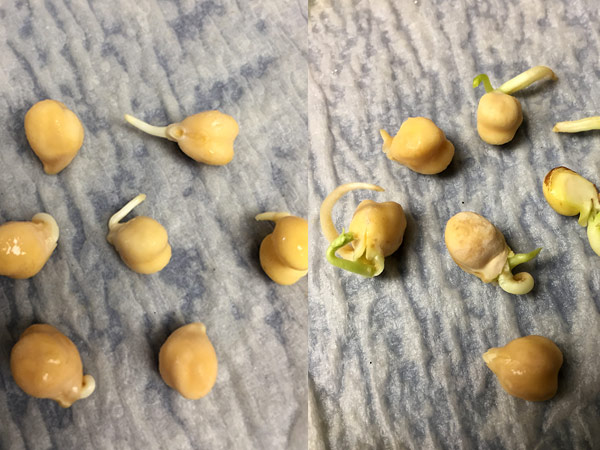
Explore more activities
- Explore the Appetite to Play for food activities for young children
- Print and share kids’ colouring pages with images of food and gardening activities
- Choose a book about growing or harvesting food from this list of recommended books for primary grades
- Pick an activity from this list of home learning resources or Terrace Public Library’s Green Thumb program. Your local library may have additional resources.
Try it at home
These simple activities are a great way to get kids curious and excited about growing and harvesting food, even if you don’t have a lot of time or gardening experience. Is there a specific activity that you’d like to try?

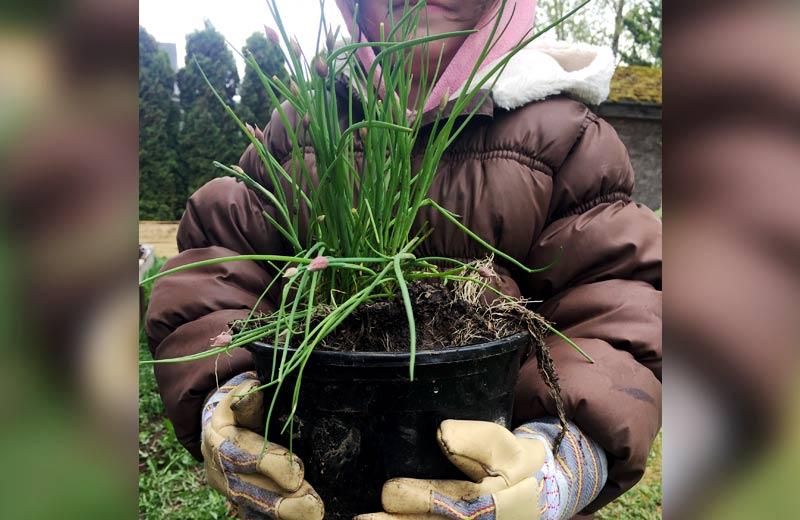












Comments